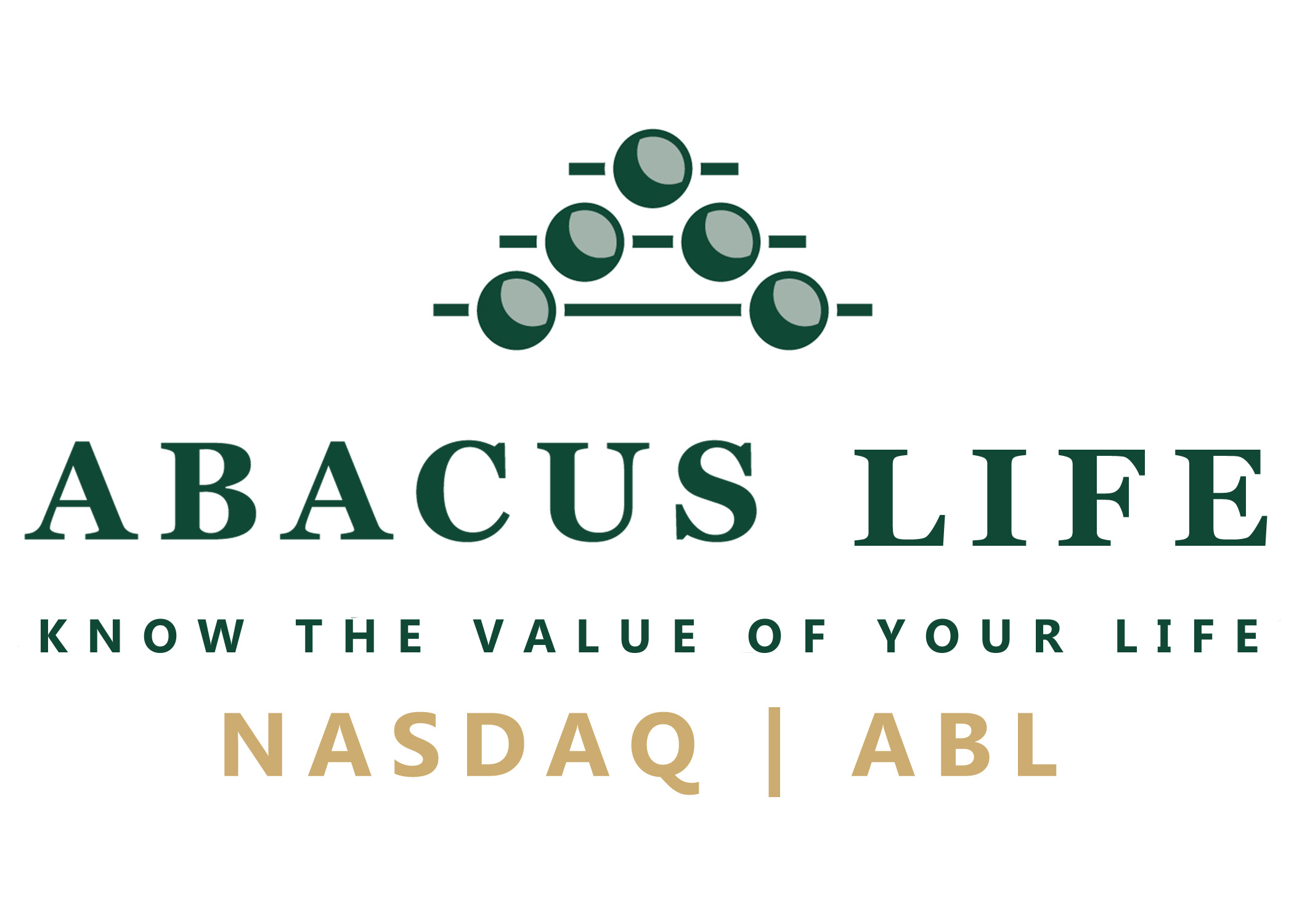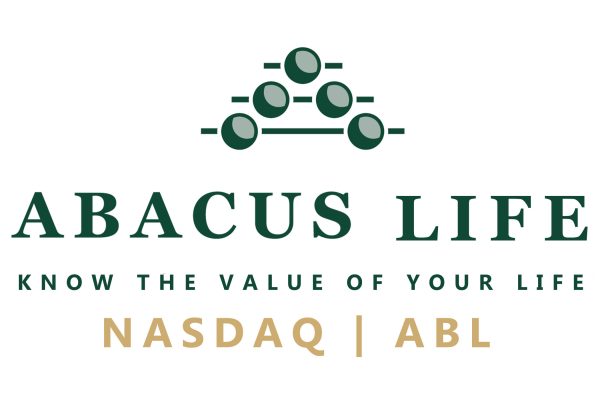Keeping a Pulse on the Ever-Changing Life Settlement Marketplace
The life settlement industry is gaining momentum while attracting greater regulatory scrutiny.
By Scott Kirby
Today’s life settlement marketplace bears little resemblance to the industry of 10 years ago. As the Greek philosopher Heraclitus once said, “change is the only constant,” and whether we embrace the changes or not, the market continues to evolve on a number of fronts.
It is interesting to note the parallel between today’s marketplace and the very basis upon which it was founded — “changing circumstances.” As we all know, most seniors choose a life settlement because their circumstances have changed, and a life settlement offers them a sensible alternative to accepting a low cash surrender value.
In taking a pulse of the market, it is impressive to see the increased participation from investment bankers. Aside from the infusion of capital from well-known Wall Street investment banks, a number of these same players recently formed a trade association to educate consumers, investors, and policymakers about the benefits of the secondary market for life insurance. Known as the Institutional Life Market Association, Inc. (ILMA), the organization announced in April 2007 that “ILMA is committed to helping policymakers and market participants understand the important role the life settlement and premium finance industries play in helping consumers manage their financial assets.”
Transaction transparency is another factor that evolved recently. In a dynamic marketplace characterized by sophisticated sellers, motivated producers, and highly-capitalized institutional buyers, the expectation for increased transparency is a given. On that note, producers who work with us receive a “Transparency and Compensation Disclosure Report” at the conclusion of each closed transaction, which includes a summary of the bidding history and compensation paid. Currently, some of those on the purchasing end (providers and funders) are beginning to require producers to disclose compensation to the seller, and a number of states are expected to take similar action.
On the regulatory front, the debate continues over the proposed revisions to the NAIC Viatical Settlements Model Act that would, among other things, increase the ban on the resale of a life insurance policy from two to five years (with some exceptions), and require a $250,000 bond for life settlement providers and brokers.
In conclusion, the life settlement industry is gaining momentum while also attracting greater regulatory scrutiny, and we believe 2017 will be a pivotal year in defining the industry’s future. There is little doubt that the product has helped thousands of seniors tap the liquidity of an unwanted asset. According to our own internal statistics for 2016, life settlement offers generated by Advanced Settlements provided seniors with approximately $228 million beyond cash surrender value.
Considering the positive economic impact for seniors, we believe the life settlement industry will expand as more seniors become knowledgeable about how the product can help them achieve their financial objectives.



